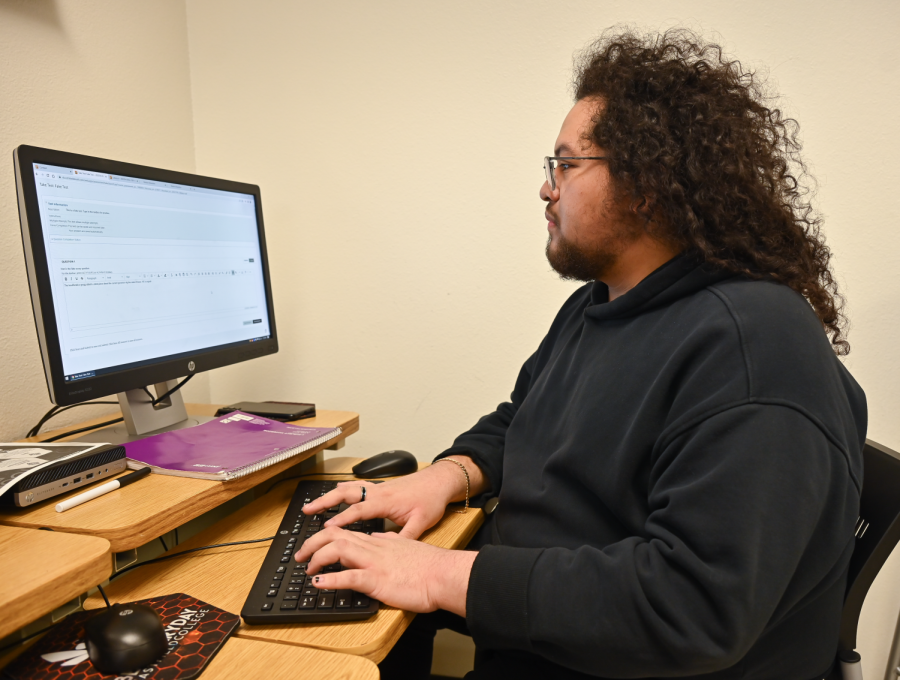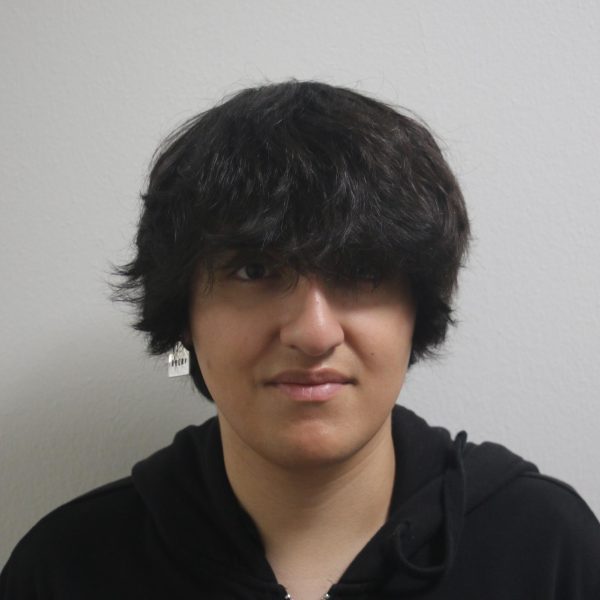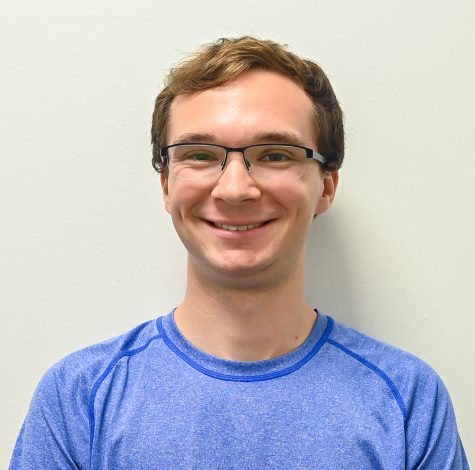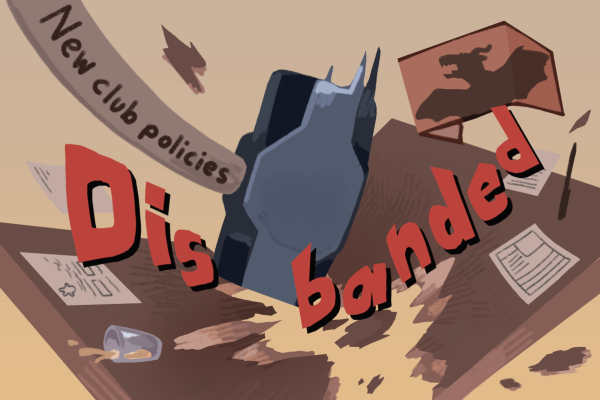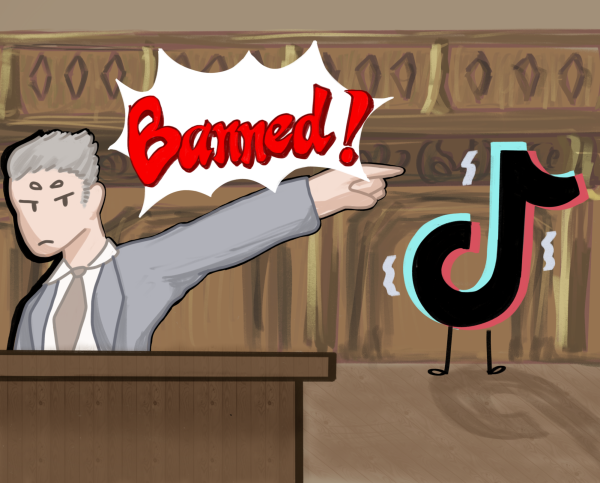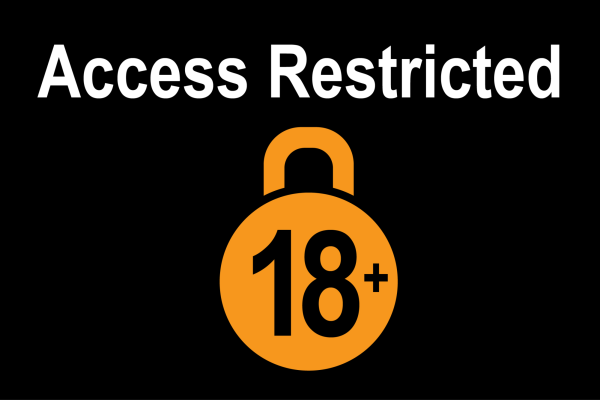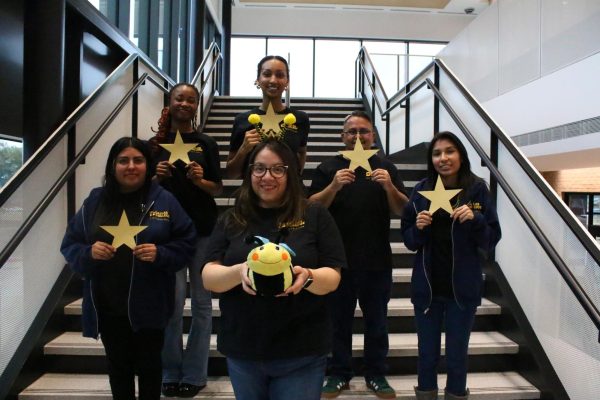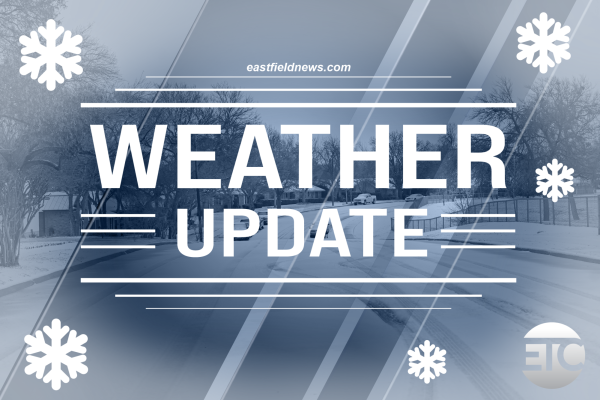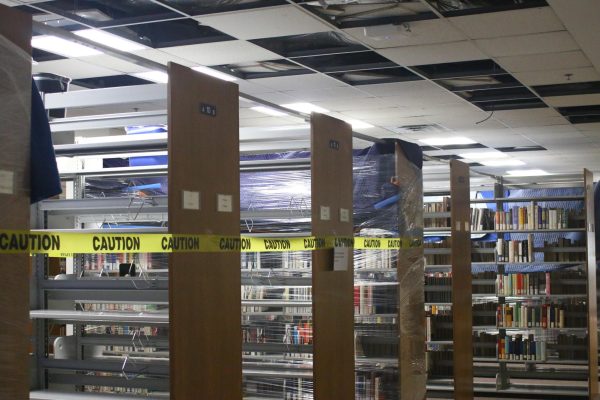Campuses plug in to virtual desktops, upgrade Wi-Fi network
Alessandro Ramirez works on an assignment for English 1301 on a computer.
December 6, 2022
Dallas College is completing upgrades to run virtual desktops on campus computers, which means students can access software and save files to a cloud, then load them from any computer.
Virtual desktops were part of a slew of technology upgrades issued by the Strategic IT Modernization Program. The new system requires upgrading every campus Wi-Fi network to meet higher demand.
“What we are essentially trying to do across the board is what I call ‘getting out of the hardware business,’” Chief Information Officer Jim Parker said. “And part of that is going to the cloud.”
Before virtual desktops, students had to manually save files and download memory-intensive software onto their personal computer.
The new setting forgoes device limitations by running items from a cloud.
“They’re really helpful,” said Ana Torres, a dual credit student studying architecture. “It’s a better experience for [classwork.]”
Dallas College computers across libraries and computer labs didn’t have matching software before the upgrades began. Previously, students could only use Dallas College’s machines during lab hours.
Torres said she uses virtual desktops “all the time” now, no longer limited to running Adobe products on one computer.
Virtual desktops were initially implemented in computer labs during Spring 2022. During a Nov. 1 meeting, Dallas College’s finance committee moved forward with a campus-wide rollout of virtual desktops.
“Last semester, when we used it, it wasn’t so great,” digital media instructor Sandra Evans said. “But this semester, it’s actually a lot more helpful.” Evans found difficulty with the initial virtual desktops due to a technical set-up process.
Under the Strategic IT Modernization Program, device updates no longer have to be done on an individual basis.
The program was implemented to standardize Dallas College’s data center after all campuses merged. However, the team leading it discovered most campuses had equipment beyond repair or incompatible with other campus hardware. Total replacement would be a multimillion-dollar undertaking, according to Parker.
“It’s not just the computers,” Parker said. “It’s also the power, [firewall] suppression, back environments and air conditioning supporting that environment – all of that infrastructure was aged.”
Campuses such as El Centro had equipment upwards of 20 years old. Eastfield had more modern equipment due to an annual replacement system for its data center, according to Parker.
Initially, all campuses ran on respective broadband networks built for the needs of one.
“What we want to do is advance our technical status,” Parker said. “We need to have two-way or multipath access to broadband internet.”
The goal is to create a broadband network all campuses can share, especially if one campus’ network goes down. Several of the upgrades are built upon a higher demand for reliable broadband, which became a “valid concern” in Parker’s review of the network.
That includes virtual desktops, which were initially limited to digital media and computer science students.
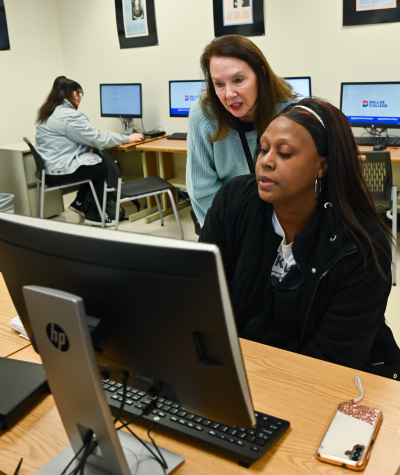
“Finding [virtual desktops] was the much greater hurdle for dual credit students,” digital media instructor Don Huff said.
Dallas College will create dedicated IT desks in campus libraries, helping students acclimate to the new technology.
“It’s kind of hard, but once you have a teacher there to walk you through it, they’re really helpful,” Torres said.
Since virtual desktops started getting marketed to students, digital media instructors have noted more students flocking to labs.
“I have one student…they don’t have a computer at all,” Evans said. “She comes to me after class and works on her lessons. And then if she needs to work after hours, she goes to the library.”
The college also plans to increase the number of computers available to check out. According to Parker, the end goal is to have computers available for all students on financial aid.
More changes include reshaping how many computers classes and computer labs get in relation to student count.
“At El Centro, they use the labs for math,” Parker said. “Some of those classrooms had 30 computers in them, but the math classes are capped at 20.”
Virtual desktop upgrades are slated to be complete Dec. 20.
“We just need to get the word out to all students that it’s there and they can use it,” Huff said.
As upgrades near completion, instructors such as Evans find it easier to run class as more students learn about virtual desktops.
“It’s very helpful,” Evans said. “If [students] don’t have access to the software on their own…they’re able to to log in and use the website online.”

